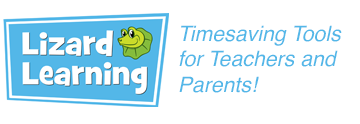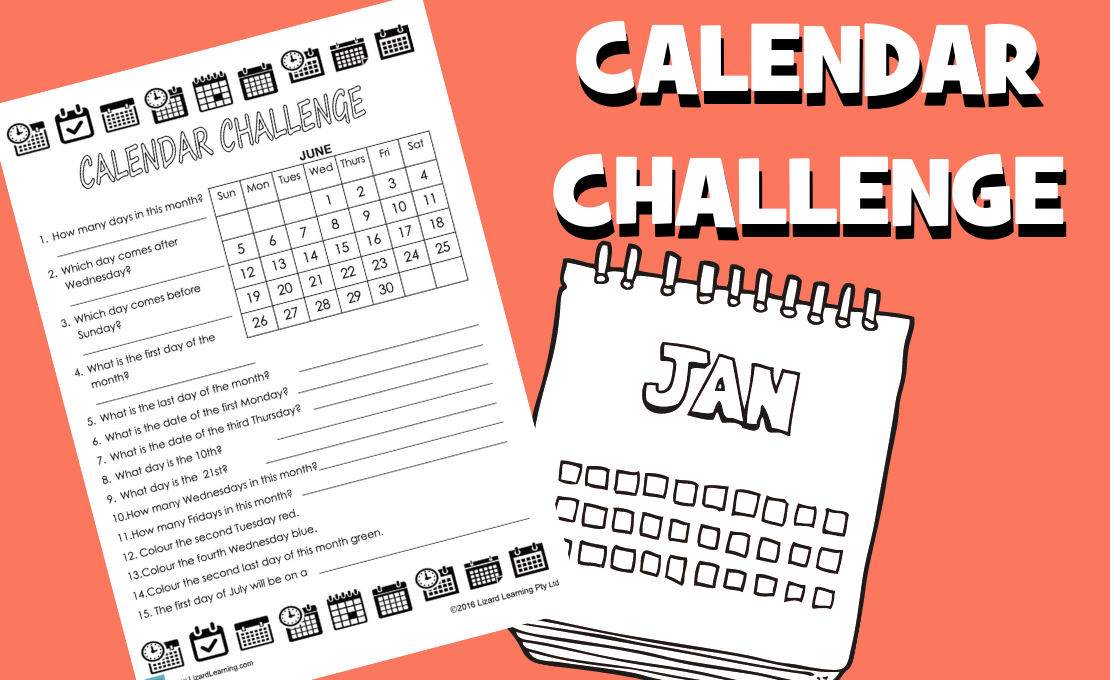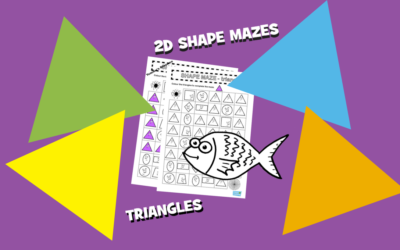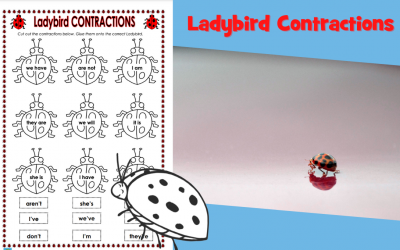Learning to measure time is found in mathematics curriculums worldwide. With an emphasis on learning how to read analogue and digital clocks, it is also important to remember that days, months, and years are also useful measures of time that students need to get their heads around.
For many, using a calendar seems second nature but for students who have just been introduced to the concept, it can take some practice. Plus, students need time to explore calendars in different formats before they become truly proficient timekeepers.
However, rest assured once students have mastered the art of calendar keeping, homework and assignments shall never be late again… (said a hopeful and soon to be a disappointed teacher).
The Calendar Challenge activity sheet includes an example of a monthly calendar and questions that require students to explore and navigate their way around a calendar. The questions are designed to draw on problem-solving and logical thinking skills.
Calendar Challenge is great for use in a maths lesson as practice or to assess students’ understanding. It would also make a good maths homework activity for the students to complete independently, thanks to the self-explanatory instruction.
How to use the Calendar Challenge:
- Introduce calendars and show students how to read a calendar.
- Provide them with the activity sheet which displays an example of June as a calendar month.
- Students must then read and respond to the questions, writing their answers in the spaces provided.
Extension Activities and Fun Ideas:
- The questions on the activity sheet can be recycled and used again. All you need to do is print a calendar for another month and students will then get an idea of how months differ from each other.
- Partner work. Challenge students to work backward and create their own set of questions for a classmate to answer.
- Ask students to choose a month and do some research relating to that month. Mark on the calendar special events or important days in history.
- Create a class calendar to use throughout the school year. Depending on how creative you are feeling, this could become a real focal point in your classroom. The students can record their birthdays and special events such as excursions, performances, sports days, etc… Teachers could also subtly use it as a visual reminder for homework deadlines.
- Teach cross-curricular. Combine a maths lesson on calendars with a science lesson on earth’s orbit and the seasons. Or provide some links to history and discuss why calendars were invented and why they have been so important for civilisations over time.
- Why not collect different calendars in as many different formats as possible? Allow students to explore different layouts and features. You could also use this opportunity to introduce them to digital calendars on tablets or other smart devices.





0 Comments